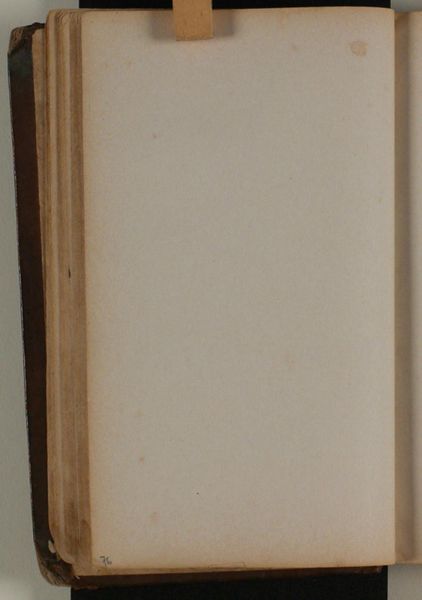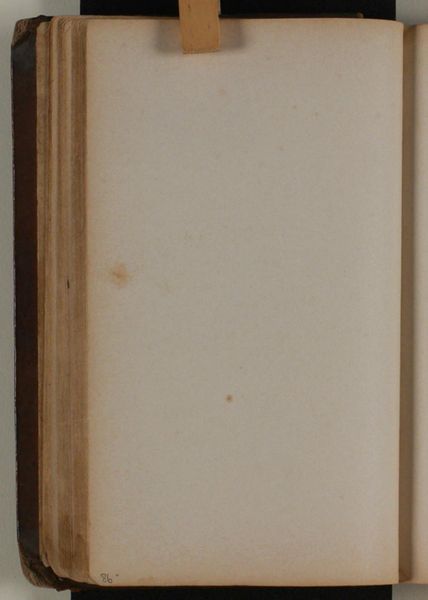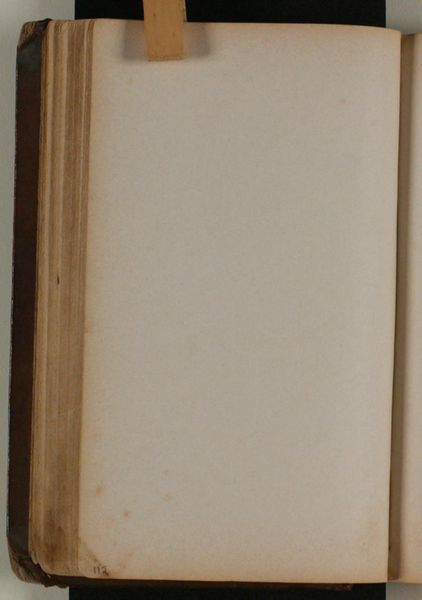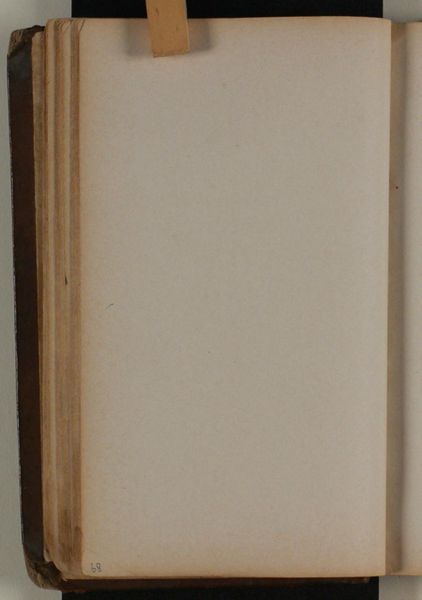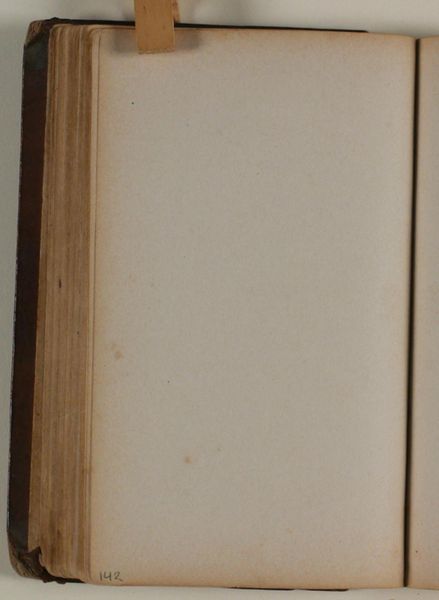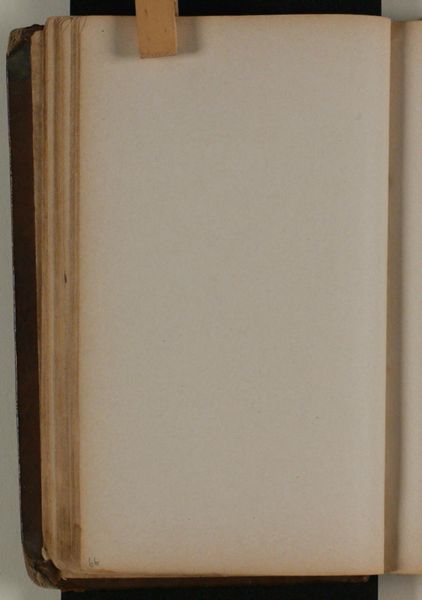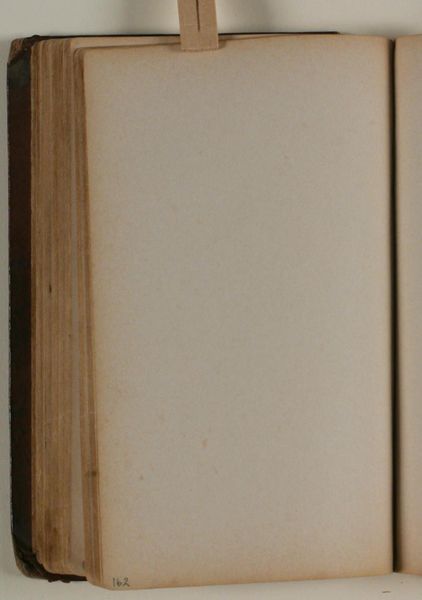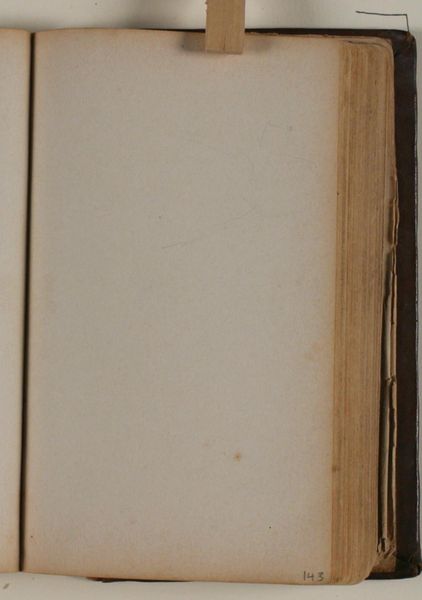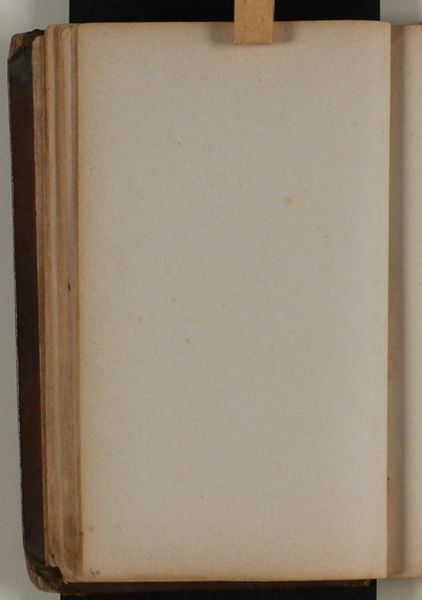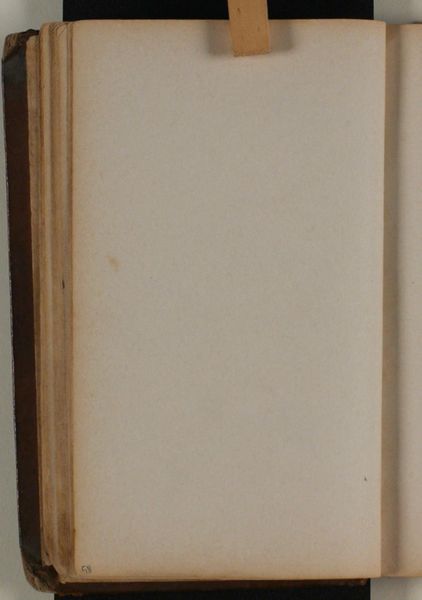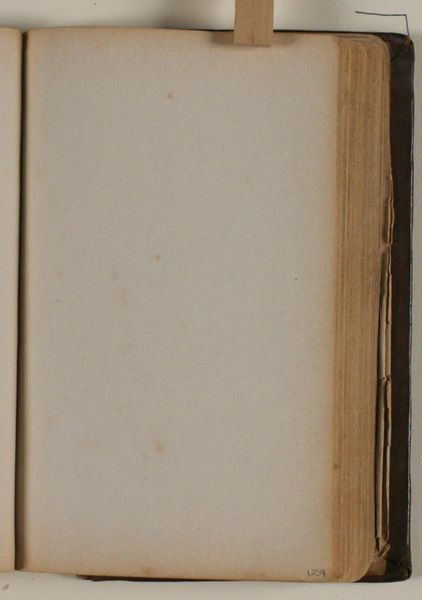
drawing, paper
#
drawing
#
paper
#
coloured pencil
Dimensions: 162 mm (height) x 98 mm (width) (monteringsmaal)
Editor: This is *Blank*, a drawing on paper by Niels Larsen Stevns, created sometime between 1864 and 1941. It seems… well, it’s just a blank page. What significance could we possibly ascribe to this? Curator: An entirely fair question. Consider though: What does a blank page *mean*? Especially in the context of that particular period in art history. What narratives were silenced or suppressed, what voices weren't represented, and how might this "blankness" be a radical, perhaps subversive, act of resistance? Editor: Resistance? To what, specifically? Curator: Think about the societal constraints placed upon artists from marginalized communities, particularly women, during the late 19th and early 20th centuries. Their access to formal training, exhibition spaces, and even subject matter was often severely restricted. The blank page could then be interpreted as a commentary on these very limitations. A protest against the enforced absence. Is this absence intentional and defiant, or imposed and tragic? Editor: So, the emptiness is actually filled with unspoken commentary? It makes you wonder about the stories that never made it onto the page because of societal barriers. Curator: Precisely. We might see this blank page as a potent symbol of artistic suppression, prompting us to critically examine the power structures that dictate whose voices and visions are amplified, and whose are erased. Who writes history, after all, and who is left out of the narrative? Editor: I’m starting to see the drawing now. Not just what isn't there, but what *could* be, or what *should* be. Thanks! Curator: My pleasure, and you've perfectly expressed that absence can carry weight.
Comments
No comments
Be the first to comment and join the conversation on the ultimate creative platform.
